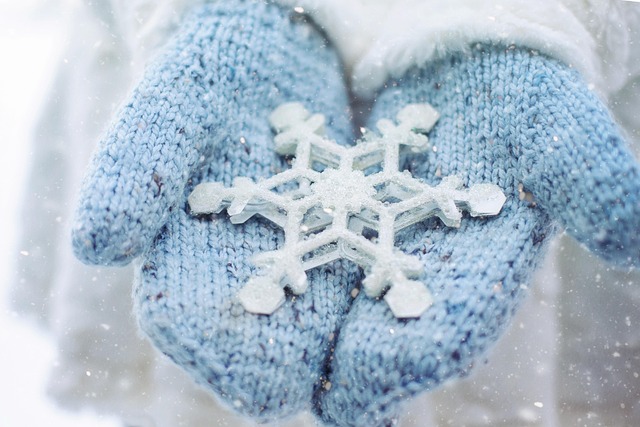Indoor gardening in winter requires mimicking outdoor conditions with grow lights for adequate light and adjusting humidity levels to prevent dehydration. Strategies like frost protection barriers and humidifiers ensure plant health, fostering a vibrant garden environment year-round through effective winter plant protection.
In the ever-changing seasons, understanding light and humidity adjustments is vital for maintaining lush indoor plants. This article guides you through the art of winter plant protection by exploring seasonal variations in light and humidity. From understanding seasonal changes to adjusting lighting for optimal winter health, we delve into strategies to ensure your plants thrive year-round. Discover the ideal humidity levels for each season and learn practical tips for a year-round plant sanctuary.
Understanding Seasonal Changes in Light and Humidity
Understanding seasonal changes in light and humidity is crucial for optimal plant growth and, especially during winter, effective plant protection. As days grow shorter and temperatures drop, natural light levels decrease, requiring adjustments to maintain indoor gardening success. Similarly, lower humidity during winter can lead to drier air, which may cause issues for plants accustomed to more humid conditions.
For winter plant protection, it’s essential to mimic the natural environment as closely as possible. This involves using grow lights to supplement waning daylight hours and increasing humidity around your plants to offset the dry indoor air. By implementing these adjustments, you can ensure your plants receive the necessary light and moisture they need to thrive even as seasonal conditions change.
Adjusting Lighting for Winter Plant Health
During winter, plants require adjusted lighting conditions to thrive. As natural sunlight decreases during this season, indoor gardeners must complement artificial lighting to ensure their plants receive adequate light for optimal health. This is particularly important for winter plant protection, as insufficient light can lead to stunted growth and discolored leaves.
To maintain vibrant plants through the winter months, consider using fluorescent or LED lights specifically designed for plant growth. These lights mimic natural sunlight spectra, fostering robust photosynthesis. Positioning them closer to the plant canopy ensures plants receive the full benefit of this enhanced lighting, promoting healthy stems, lush foliage, and, in some cases, even flowering. Remember that timing is crucial; maintain consistent lighting during the day and reduce it gradually in the evening to mirror nature’s rhythms.
Optimal Humidity Levels for Different Seasons
Maintaining optimal humidity levels is essential for winter plant protection. During winter, lower humidity can lead to drier air, causing plants to lose moisture faster through transpiration. This is especially problematic for tropical or houseplants used to humid environments. To counteract this, indoor heaters and ventilation systems can be adjusted to maintain relative humidity between 40% and 50%. This range ensures adequate moisture without promoting mold or mildew growth.
In contrast, summer brings higher humidity levels, which can be challenging for plants accustomed to drier conditions. While outdoor plants may benefit from occasional rain or misting, indoor plants might require more frequent watering and a humidity tray to maintain optimal conditions. Monitoring humidity levels with a hygrometer is crucial, allowing adjustments as seasons change, ensuring plants receive the appropriate moisture for their health and survival throughout the year.
Strategies for Year-Round Plant Protection
To ensure year-round plant health, incorporating effective strategies for winter plant protection is essential. During colder months, many plants enter a dormant phase but can still face stress from low temperatures, frost, and reduced sunlight. One key approach is to create microclimates around your plants by using frost protection barriers, such as row covers or cold frames. These structures trap heat, providing insulation against extreme cold. Additionally, setting up heating elements in colder regions can offer extra warmth, mimicking more favorable seasonal conditions.
Regular monitoring of humidity levels is another critical aspect. In winter, air is often drier due to lower atmospheric moisture content. This can lead to dehydration and wilting in plants. Using humidifiers or creating humidity trays around sensitive species helps maintain optimal moisture levels, ensuring their resilience throughout the season. These adjustments enable plants to thrive, regardless of external conditions, fostering a vibrant and healthy garden environment all year round.
By understanding and adjusting light and humidity levels according to seasonal changes, we can ensure optimal conditions for our plants year-round. During winter, specific lighting strategies promote healthy growth, while maintaining suitable humidity levels across seasons is key to overall plant well-being. Implementing these adjustments provides effective winter plant protection, fostering robust and vibrant greenery regardless of the climate.
